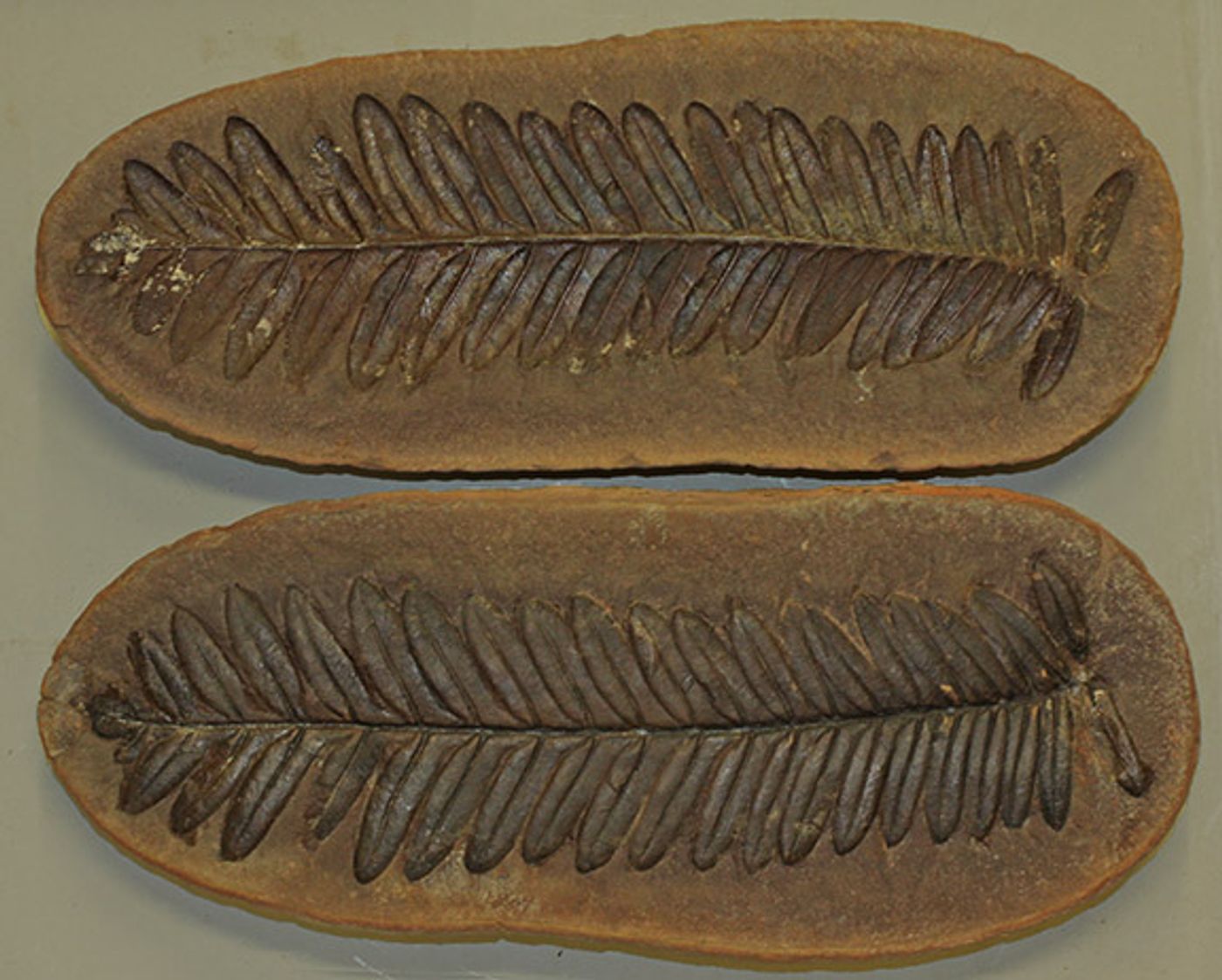New proxy discovered sheds light on ancient climate history
A new study that looked at fossilized plant leaf waxes may provide new insight into historical climate patterns which we can use for enhanced comprehension of future climate predictions. The study comes from researchers collaborating at the University of Birmingham and was published in Scientific Reports.
Dr. Yvette Eley, from the University of Birmingham, explained, "If we want to understand how the Earth would work with a climate substantially warmer than today, we have to study intervals millions of years in the past -- made difficult because these warm climates are much older than our oldest climate records from Antarctic ice cores (less than one million years old)."
The difficulties that Dr. Eley mentions are due to the fact that the methods we have to study such historical climate records consist of analyzing proxies, such as the calcium carbonate concretions in soils and the chemistry of fossilized mammal teeth. However, neither of these are common or easy to find, so until now there have been huge gaps in our understanding of ancient atmospheric moisture content. That’s why the addition of these fossilized plant leaf waxes is so helpful, as their chemistry can indicate the amount of moisture in the atmosphere at the time and allow scientists to construct better climate models.
Dr. Eley explains the process that the researchers used: "Our new approach to quantifying ancient atmospheric moisture content relies on the fundamental properties of plant leaves, and how they alter their protective waxy coverings in response to water stress. These leaf waxes are tough and resistant, and are regularly found as what we call biomarker compounds in ancient river, lake and even marine sediments."
That means they can act as a signal for changes in the atmosphere that occurred millions of years ago. And plant waxes occur relatively frequently in soils throughout time and geography, which means that there is an abundance of information to work with.
Focusing on an area in Central Spain from roughly 15 to 17 million years ago, the team of scientists was able to confirm the validity of plant waxes with previous models from research conducted with other atmospheric moisture content proxies.
"What we see is that the distribution of organic compounds preserved in soils seems to be strongly related to the difference between how much water is in an air mass, and how much the air mass can hold, or what is known as the vapour pressure deficit," says Dr. Hren from the Center for Integrative Geosciences at the University of Connecticut.
They have confidence that this proxy can be used for future research to delve even deeper into our climatic history in future investigations.
Sources: Science Daily, Scientific Reports









